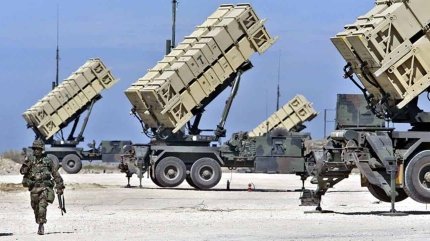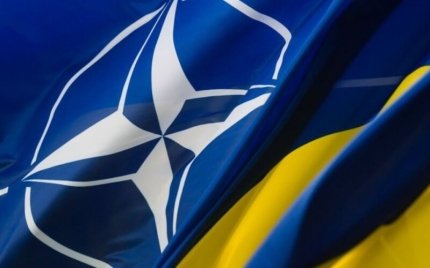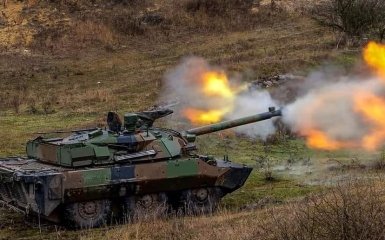After US President Donald Trump's conversation with Vladimir Putin, there is a basic, ideal, and terrible scenario for Ukraine.
Points of attention
- Analysts are evaluating three scenarios for the development of Russia's war against Ukraine in light of recent statements made by US President Donald Trump.
- The baseline scenario suggests the continued occupation of territories by Russia, with potential exchanges in the conflict zone and security guarantees for Ukraine.
- The ideal scenario involves US and EU intervention to support Ukraine's accession to NATO, while the worst-case scenario entails a halt in US support, leading to European resolution of the conflict.
Analysts consider three scenarios for the development of events in the Russia's war against Ukraine
This is reported by Bloomberg.
Baseline scenario
Bloomberg Economics' most likely scenario is that the occupied territory will remain in limbo for the foreseeable future and under de facto Russian control. There could be some exchanges involving Russian territory in the Kursk region occupied by Kyiv.
Ukraine will receive some security guarantees. And the negotiations will focus on how strong they will be. Since the ironclad security of NATO membership is likely not yet under discussion, any promise made today will ultimately depend on the commitment of future political leaders to it.
If the Europeans can establish a good line of communication with the White House, they will try to convince Trump to maintain US support for Kyiv long enough for EU countries to quickly build up their own capabilities.

Best Screenplay
The ideal scenario for Kyiv is for the US and Europeans to bilaterally commit to intervene if Russia reneges on the deal. But the risk of direct conflict with Russia has even some of Ukraine's most ardent supporters wary.
Severe sanctions could lead to a 7% contraction in the Russian economy compared to the lifting of sanctions.
Kyiv’s partners could commit to increasing military support for Ukraine and reimpose or strengthen sanctions against Russia. They could also help Ukraine develop its own defense industry and rebuild its forces so that they can become a major deterrent against Russia.
If the EU can deliver on all this, it could pave the way for Ukraine to join the bloc, perhaps within the next decade, strengthening its eastern flank and demonstrating the bloc’s renewed ability to influence surrounding countries.
Worst case scenario
In a nightmare scenario for Kyiv, Trump could lose interest in Ukraine's future before any settlement is reached, leading to a halt in military and financial aid and allowing the Europeans to resolve the problem.
Even if Trump's interaction with Putin results in a peace agreement that works in the initial phase, it may still only postpone the next phase of what Putin has called a war between NATO and Russia.
The deal would preserve Ukrainian sovereignty and allow the country to begin reconstruction. But it could also entrench Putin’s significant achievements, controlling a portion of Ukrainian territory and potentially blocking Kyiv’s entry into NATO.

The most likely target would be the Baltic states, which Putin sees as part of the Russian empire he wants to restore.
According to Andres Kasekamp, a professor at the Munk School of Global Affairs at the University of Toronto, Putin doesn’t even need to launch a full-scale attack to achieve his real goals. A hybrid operation to foment local unrest could give the Kremlin a pretext for a limited invasion, ostensibly to protect Russian-speaking communities. Putin used a similar tactic in eastern Ukraine in 2014.
If Washington refused to join NATO forces to repel such an attack, Putin would succeed in creating a rift between the US and its EU allies, a long-standing goal. If NATO does not respond, NATO will cease to exist. That could be the prize.













